The need for greater integrated and community-based care was a major theme at the recent RCPI St Luke’s Symposium. David Lynch reports.
“The scale of what’s happening is phenomenal.”
That was the overview of Prof Sean Dinneen on the current move towards integrated and community-based care in chronic disease. Prof Dinneen is the Clinical Lead of the National Clinical Programme for Diabetes and Professor of Diabetic Medicine, NUI Galway. He chaired a session on integration and community care on 13 October at the St Luke’s Symposium, which was held virtually and in person at the RCPI.

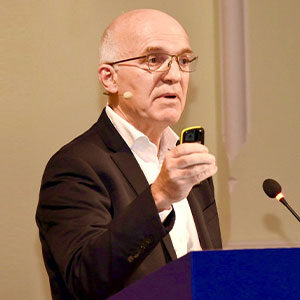
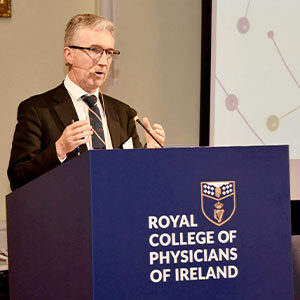
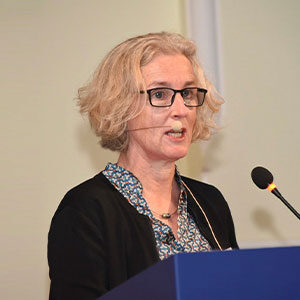
Highlighting the HSE’s plan to recruit over 1,400 posts in chronic disease management, Prof Dinneen said: “We tend to be critical of our health service. But I think we should be proud of what the Irish health service is attempting to do, tackling two major challenges that face any health service around the world – an ageing population and chronic disease.”
He said the first of the three ‘drivers’ towards a new integrated care model is Sláintecare.
“The second is the pandemic [and] the third is the enabling of general practitioners to work with us differently in chronic disease,” according to Prof Dinneen.
The HSE’s Integrated Care Programme for the Prevention and Management of Chronic Disease (ICPCD) is responsible for the development and implementation of a new model of care for chronic disease in Ireland. The ICPCD focuses on improving the standard of care for four major chronic diseases: Diabetes; asthma; chronic obstructive pulmonary disease (COPD); and cardiovascular disease.
GP CDM programme
An already familiar part of this plan is the structured chronic disease management programme, introduced by the 2019 GP agreement between the IMO and health management. This provides GP-led care for GMS patients with one or more of those chronic diseases.
Dr Sarah O’Brien, Specialist in Public Health Medicine and HSE Group Lead for Chronic Disease, told the St Luke’s Symposium that the new integrated model for chronic disease “is now fully funded for national roll-out as part of the enhanced community care programme and it is now a national priority”.
She said that over 1,400 new chronic disease management posts “have been funded within this programme. This is an integrated model based on best evidence… and is an important step in achieving the Sláintecare vision.”
However, Dr O’Brien added there were a number of issues facing the new model, including information and communications technology deficits and recruitment.
“As you would expect from the introduction of transformational change… there are many challenges we are facing,” said Dr O’Brien.
Individual health identifier
In particular, she gave the example of the requirement for an individual health identifier (IHI).
The IHI “will be important in enabling healthcare professionals across hospital and communities to share information safely”, she said. “Therefore, it is essential for the delivery of integrated care. My understanding is that progress has been made with the IHI via the Covid vaccination programme.”
However, she added that the ICPCD “would now like to see this experience being built on and the expansion of the IHI to support the delivery of safe, efficient, patient-centred healthcare”.
She described recruitment for the new model as a “challenge”, but that “it’s not a new issue”.
“It [recruitment] is a challenge across the HSE and beyond. The good news is that we have a significant number of posts resourced for chronic disease and we now need to look at how we can recruit and retain staff.”
The pandemic had, in fact, helped to accelerate the implementation the chronic disease management programme in general practice, with the vast majority of GPs now signed up.
However, Covid-19 also “really brought to the fore many of the long acknowledged weaknesses in the health system”, she said.
In this regard, Dr O’Brien mentioned the over-reliance on the acute sector for both scheduled and unscheduled care for chronic disease management, the “underutilisation” of primary care and our “underdeveloped ICT systems to support information sharing”.
The importance of general practice in the chronic disease model was emphasised by a number of speakers at the Symposium.
From a GP perspective, Dr Diarmuid Quinlan, Medical Director at the ICGP, said that the aim is for a system that gives patients “timely access to high quality, equitable care”.
He described both the new chronic disease management programme in general practice and the wider enhanced community care programme as “fantastic”. He said that general practice had a key role in these major changes in chronic care.
However, Dr Quinlan warned that these developments were taking place against the backdrop of what he described as a “GP workforce crisis”.
“With that goes a GP workload crisis, partly driven by the increase in the population… the Covid pandemic brought a whole new layer of work right across the heath service and that has still become very much embedded in general practice. We are still doing the acute Covid care, chronic Covid care, long Covid, and continuing with Covid vaccines,” he told the Symposium.
He said the extension of the GP medical card eligibility to the under-sixes increased consultation rates with that cohort by 29 per cent.
Dr Quinlan added that the recent announcement in the Budget to expand ‘free GP care’ to six- and seven-year-olds, could “generate an additional three-quarters of a million consultations a year”.
GP numbers were “static or falling”, Dr Quinlan warned.
He added that 5 per cent of the GP workforce were over the age of 70. “Fifteen per cent, or one-in-seven, are over 65, and the pandemic has accelerated their retirement plans.” He noted that the system had “massively increased GP training in the last six years, but we still have a huge deficit that we cannot bridge anytime soon”.
“It will take at least five-to-seven years before we have made substantial inroads because it is a four-year GP training programme.”
Cardiology
From a specialist point of view, the impact of the new integrated model on cardiology was described as “enormous” by Prof Ken McDonald, Clinical Lead for the Heart Programme and Consultant Cardiologist at St Vincent’s University Hospital, Dublin.
Speaking enthusiastically about the new developments, Prof McDonald said the impact on patients would be positive and provide early career cardiologists with greater opportunities.
“I think this is one of the bravest things we have done in cardiovascular medicine,” he said. “It’s breaking so many moulds, but it is entirely the right direction of travel. The unusual thing, and somewhat unnerving, is that the system support for this is widespread… in general I have never seen something with such positivity behind it.”
“I’m in the position where I can look back on a lot of cardiovascular development in this country over the last couple of decades. Is this the most important cardiovascular development to occur in this country? I would say yes,” Prof McDonald said.
“The impact of this is going to be enormous… especially if it turns out to be everything we think it should be.”
What does integrated care for cardiology mean? Prof McDonald described it as “primary and secondary care interaction; it’s not only the care moving [to the community], it is knowledge moving [to the community].
“I can imagine being a GP and having a little bit more understanding of the ‘tricks’ of the specialist and then putting them into play. There is nothing magical about what a cardiologist does… every day of the week. GPs can do a lot of it, if the GP was supported to do it and confident that they had smooth lines of communication.”
He also highlighted the issue of technology, saying “integration at the IT level obviously is going to be a far greater challenge”.
Dangers
Prof Susan Smith, GP and Professor of General Practice at Trinity College Dublin, warned the Symposium there was a danger that the new hubs in the integrated chronic disease system could “introduce another fragmented element” to patient care.
“So we really have to think carefully about who is going to be attending the integrated care hub. I have concerns if it’s just for things like diagnostic testing, we can get those done already….”
Prof Smith said that what was really important for patients with chronic disease and multimorbidity was “continuity” in their clinical management.
She described the “huge challenge” in this regard is the integration of data “between general practice and hospitals’ systems at the hubs”.
Prof Smith also outlined data that showed the socio-economic links between living in areas of disadvantage and multimorbidity, emphasising the impact of social determinants on patient health outcomes. She said this was something the new integrated model would have to take into account.
St Luke’s Symposium took place from 11- 14 October at the RCPI. The event gathered a wide range of leading experts to share their insights on empowering patients to play an active role in managing their long-term health conditions.

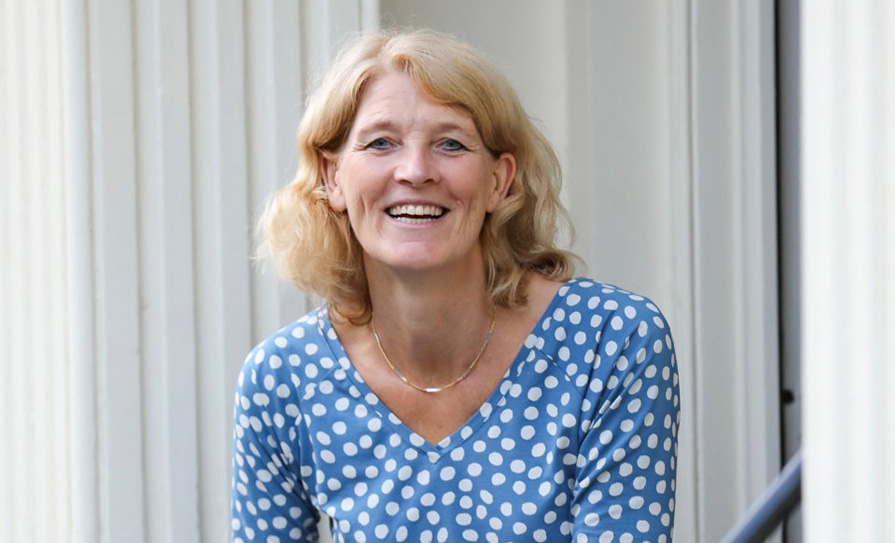


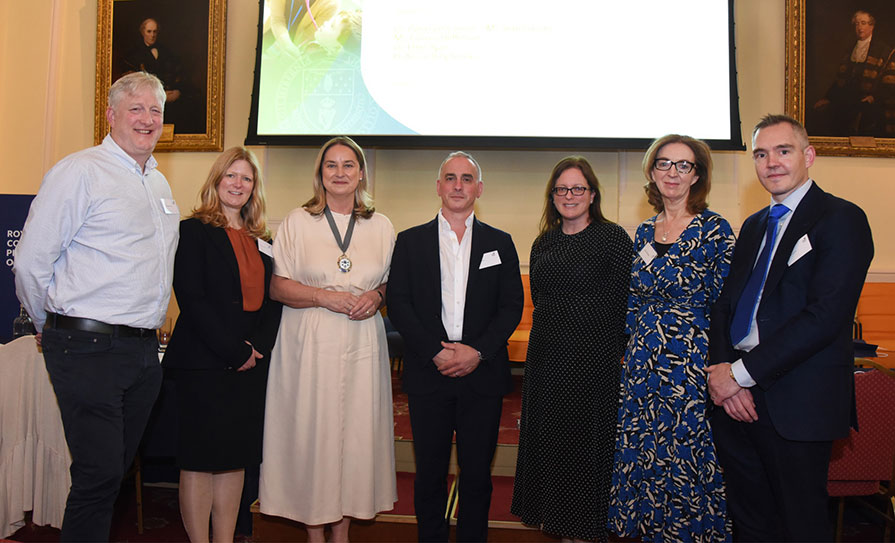


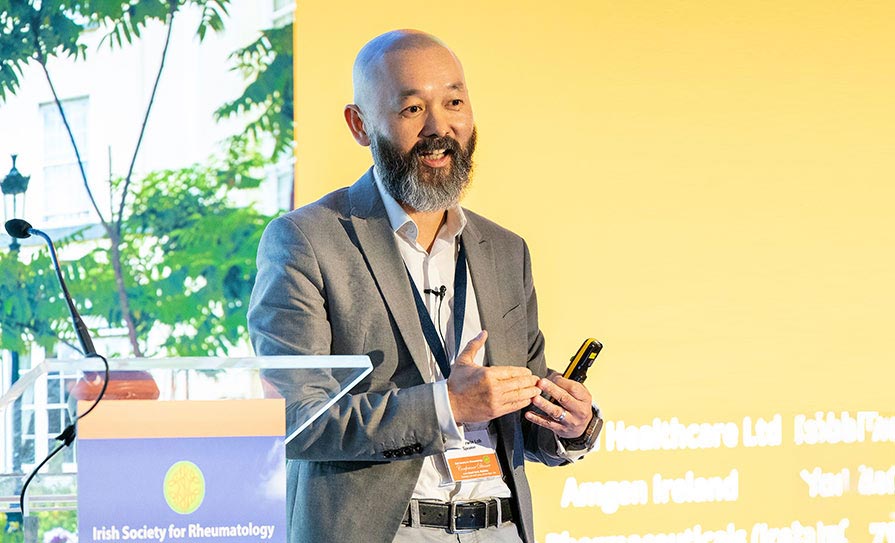





Leave a Reply
You must be logged in to post a comment.